Home>Technology>Home Entertainment Systems>How To Connect Surround Sound To Projector
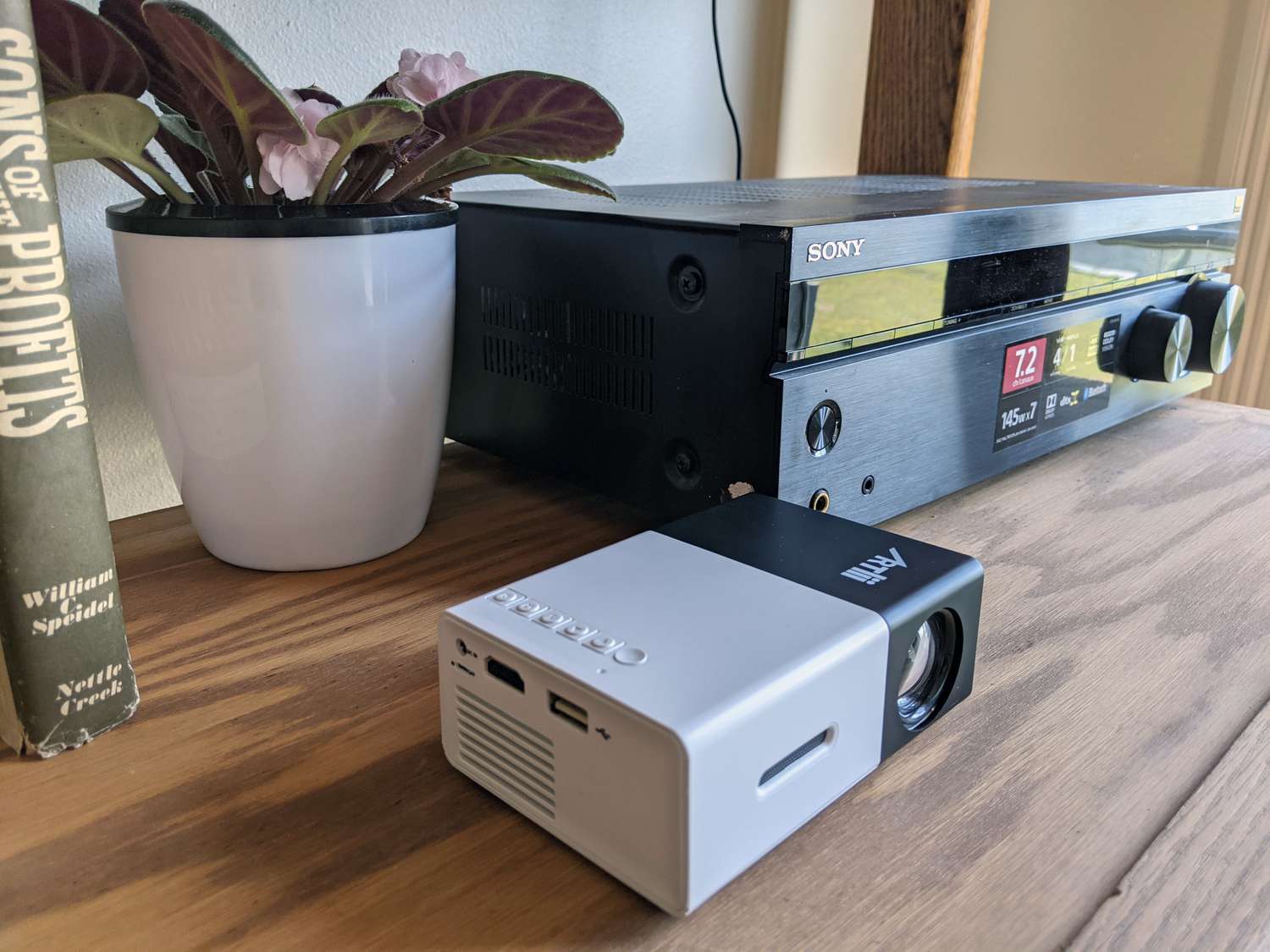

Home Entertainment Systems
How To Connect Surround Sound To Projector
Published: December 30, 2023
Learn how to easily connect a surround sound system to your projector for an immersive home entertainment experience. Get step-by-step instructions and tips for setting up your home entertainment system. Ideal for movie nights and gaming sessions.
(Many of the links in this article redirect to a specific reviewed product. Your purchase of these products through affiliate links helps to generate commission for Storables.com, at no extra cost. Learn more)
Introduction
Welcome to the immersive world of home entertainment systems, where the fusion of cutting-edge technology and audio-visual mastery delivers an unparalleled cinematic experience within the comfort of your own abode. In this comprehensive guide, we will delve into the art of connecting a surround sound system to a projector, unlocking the potential for a truly captivating audio-visual journey.
The allure of a home theater setup lies in its ability to transport you into the heart of the action, enveloping you in a symphony of sound and sight that transcends the boundaries of traditional viewing. Whether you are a fervent cinephile seeking to replicate the grandeur of the silver screen or a dedicated gamer yearning for an all-encompassing audio backdrop, a well-crafted home entertainment system holds the key to unlocking these sensory delights.
As we embark on this enlightening expedition, we will navigate through the intricacies of understanding surround sound systems, connecting the surround sound receiver to the projector, setting up the surround sound speakers, and testing the system to ensure a seamless integration of audio and visual elements. By the journey's end, you will possess the knowledge and confidence to orchestrate a harmonious union between your projector and surround sound system, paving the way for a truly captivating home entertainment experience.
So, fasten your seatbelts and prepare to be transported into the realm of unparalleled audio-visual splendor as we unravel the art of connecting surround sound to your projector. Let the symphony of sound and the tapestry of visuals converge in perfect harmony, elevating your home entertainment experience to new heights.
Key Takeaways:
- Connecting surround sound to a projector creates a captivating home entertainment experience by harmonizing audio and visual elements, transporting you into the heart of the action with immersive sound and sight.
- Understanding speaker placement and testing the system ensures a seamless integration of surround sound with the projector, elevating your home entertainment to new levels of sensory delight.
Read more: How To Get Sound On A Projector
Understanding Surround Sound Systems
Before delving into the intricacies of connecting a surround sound system to a projector, it’s essential to grasp the fundamental components and principles that underpin this audio marvel. A surround sound system is designed to envelop the listener in a multi-directional audio experience, replicating the immersive soundscape found in cinemas and live performances.
The cornerstone of a surround sound setup lies in its ability to create a spatial audio environment, where sound emanates from various directions, heightening the sense of realism and depth. This is achieved through the deployment of multiple speakers strategically positioned around the viewing area, working in tandem to deliver a cohesive and enveloping auditory experience.
Central to the surround sound configuration is the concept of channels, each representing a distinct audio track. Common configurations include 5.1 and 7.1 setups, denoting the number of primary speakers and subwoofers in the system. The “5” or “7” signifies the main speakers, while the “.1” denotes the subwoofer, responsible for reproducing low-frequency effects with depth and resonance.
Furthermore, surround sound systems utilize audio codecs, such as Dolby Digital and DTS, to encode and decode audio signals, optimizing the distribution and playback of sound across the various speakers. These codecs are pivotal in preserving the fidelity of the audio and ensuring a seamless transmission of multi-channel content.
Understanding the intricacies of speaker placement is paramount in harnessing the full potential of a surround sound system. Front, center, and rear speakers, along with the subwoofer, are strategically positioned to create a balanced and immersive auditory panorama. The front speakers anchor the audio delivery, while the center speaker provides a focal point for dialogue and vocals. Rear speakers contribute to the enveloping ambiance, while the subwoofer injects depth and resonance into the low-frequency spectrum.
By comprehending the foundational elements of surround sound systems, you are better equipped to embark on the journey of connecting these audio marvels to your projector, thereby elevating your home entertainment experience to unprecedented levels of audio-visual splendor.
Connecting the Surround Sound Receiver to the Projector
As we venture into the realm of integrating a surround sound system with a projector, the pivotal nexus where audio and visual realms converge, the role of the surround sound receiver takes center stage. The surround sound receiver serves as the epicenter of audio processing and distribution, acting as the conduit through which audio signals are channeled to the individual speakers, orchestrating a symphony of sound that harmonizes with the visual spectacle.
The first step in this enthralling endeavor is to ascertain the available connectivity options on both the surround sound receiver and the projector. The most common method of connecting the two is through an HDMI cable, which not only transmits high-definition audio signals but also supports seamless integration of audio and video content. Simply connect the HDMI output of the surround sound receiver to an available HDMI input on the projector, thereby establishing a direct audio-visual link.
Alternatively, if the projector and surround sound receiver lack HDMI connectivity, optical or digital coaxial cables can be employed to transmit audio signals from the receiver to the projector. These cables facilitate the transfer of digital audio data, ensuring a high-fidelity audio transmission that synchronizes flawlessly with the visual output.
For those seeking a more traditional approach, analog connections such as RCA or 3.5mm audio cables can be utilized to establish an audio link between the surround sound receiver and the projector. While analog connections may not deliver the same level of audio fidelity as their digital counterparts, they remain a viable option for integrating the audio output from the receiver with the projector.
Once the physical connections are established, it is imperative to configure the audio settings on both the surround sound receiver and the projector to ensure seamless synchronization. This involves selecting the appropriate audio input on the projector and configuring the surround sound receiver to recognize the connected audio source, thereby harmonizing the audio playback with the visual content.
By bridging the gap between the surround sound receiver and the projector through a judicious selection of connectivity options and meticulous configuration, you pave the way for a harmonious convergence of audio and visual elements, culminating in a home entertainment experience that transcends the ordinary and immerses you in a symphony of sensory delight.
Make sure your projector has audio output ports. Connect the surround sound receiver to the projector using an HDMI or optical cable for the best sound quality. Adjust the audio settings on the projector to route the sound to the surround sound system.
Setting Up the Surround Sound Speakers
With the pivotal connection between the surround sound receiver and the projector established, the next crucial phase in crafting a captivating audio-visual symphony lies in the strategic placement and configuration of the surround sound speakers. The arrangement of these speakers plays a pivotal role in creating an immersive auditory panorama that seamlessly integrates with the visual spectacle, elevating your home entertainment experience to unprecedented heights.
The cornerstone of the surround sound setup is the front speaker configuration, comprising the left, center, and right speakers. The left and right speakers are positioned on either side of the viewing area, ideally at ear level, to deliver a balanced and enveloping audio experience. The center speaker, responsible for anchoring dialogue and vocals, is placed either above or below the projector screen, ensuring a cohesive and focused delivery of central audio elements.
Complementing the front speaker ensemble are the rear speakers, which contribute to the immersive ambiance by enveloping the viewer in a multi-directional audio experience. These speakers are strategically positioned behind the viewing area, ideally at ear level, to create a seamless audio backdrop that enhances the spatial dimension of the audio playback.
The final piece of the puzzle is the subwoofer, tasked with reproducing low-frequency effects with depth and resonance, adding a visceral layer of immersion to the audio landscape. The subwoofer placement is flexible, as low-frequency sound waves are omnidirectional, allowing for placement options that cater to spatial constraints while optimizing the low-frequency impact.
Once the speakers are positioned according to the prescribed configuration, it is imperative to calibrate and fine-tune their settings to ensure a harmonious interplay of audio elements. Most modern surround sound receivers are equipped with auto-calibration features that analyze speaker placement and acoustic characteristics, optimizing the audio output for a seamless and balanced auditory experience.
By meticulously setting up and configuring the surround sound speakers in alignment with the prescribed guidelines, you lay the foundation for a captivating audio panorama that seamlessly intertwines with the visual spectacle, transcending the confines of traditional home entertainment and ushering you into a realm of sensory splendor.
Testing the Surround Sound System
As the symphony of audio and visual elements converges within your home entertainment sanctuary, the final crescendo in this captivating orchestration involves putting the surround sound system through its paces, ensuring that every speaker resonates with precision and every nuance of sound is meticulously articulated. Testing the surround sound system not only validates the seamless integration of audio and visual components but also serves as a prelude to the immersive audio-visual journey that awaits.
The initial step in testing the surround sound system involves verifying the connectivity and configuration of each speaker. This entails confirming that the surround sound receiver recognizes and channels audio signals to all connected speakers, ensuring that the spatial audio landscape is primed for a multi-directional auditory experience.
Once the connectivity is validated, it is time to embark on the audio calibration journey. Most modern surround sound receivers are equipped with automated calibration systems that analyze speaker placement and acoustic characteristics, optimizing the audio output for a balanced and immersive auditory panorama. Engage the auto-calibration feature and allow the receiver to fine-tune the audio settings, ensuring that each speaker contributes harmoniously to the overall audio tapestry.
With the speakers calibrated, it is essential to test the spatial distribution of sound to ensure that each speaker effectively contributes to the immersive auditory experience. Utilize audio test patterns or dedicated calibration software to assess the directional accuracy and balance of sound emanating from each speaker, confirming that the audio landscape seamlessly envelops the viewer in a symphony of multi-directional sound.
As the audio elements harmonize to create a captivating auditory panorama, it is imperative to synchronize the sound with the visual content emanating from the projector. Play a variety of audio-visual content, ranging from movies and games to music and immersive experiences, and assess the seamless integration of audio and visual elements, ensuring that the surround sound system enhances and elevates the overall home entertainment experience.
By meticulously testing the surround sound system and validating its seamless integration with the projector, you pave the way for an immersive audio-visual journey that transcends the ordinary, immersing you in a symphony of sound and sight that captivates the senses and transports you into the heart of the action.
Read more: How To Connect A Projector
Conclusion
As our journey through the intricacies of connecting a surround sound system to a projector draws to a close, we stand at the threshold of a transformative home entertainment experience, where the convergence of audio and visual realms yields a symphony of sensory delight. By unraveling the art of integrating surround sound with a projector, we have embarked on a quest to transcend the boundaries of traditional home entertainment, immersing ourselves in a captivating audio-visual odyssey that transcends the ordinary.
Understanding the foundational elements of surround sound systems, from speaker configurations to audio codecs, has empowered us to orchestrate a multi-directional auditory panorama that mirrors the immersive soundscape found in cinemas and live performances. By comprehending the strategic placement and configuration of surround sound speakers, we have set the stage for an enveloping audio backdrop that seamlessly intertwines with the visual spectacle, enhancing the overall home entertainment experience.
The pivotal nexus where audio and visual realms converge, the connection between the surround sound receiver and the projector, serves as the linchpin in harmonizing the symphony of sound with the tapestry of visuals, creating a seamless and immersive audio-visual journey that captivates the senses and transports us into the heart of the action.
Through meticulous testing and calibration, we have validated the seamless integration of audio and visual elements, ensuring that every speaker resonates with precision and every nuance of sound is meticulously articulated. This rigorous testing serves as a prelude to the immersive audio-visual journey that awaits, validating the seamless convergence of audio and visual components.
As we stand on the threshold of this transformative audio-visual odyssey, we are poised to embark on a home entertainment experience that transcends the ordinary, immersing us in a symphony of sound and sight that captivates the senses and transports us into the heart of the action. By mastering the art of connecting surround sound to a projector, we have unlocked the potential for a truly captivating home entertainment experience, transcending the confines of traditional viewing and ushering us into a realm of sensory splendor.
So, let the symphony of sound and the tapestry of visuals converge in perfect harmony as we embrace the transformative power of integrated surround sound and projectors, elevating our home entertainment experience to unprecedented levels of audio-visual splendor.
Frequently Asked Questions about How To Connect Surround Sound To Projector
Was this page helpful?
At Storables.com, we guarantee accurate and reliable information. Our content, validated by Expert Board Contributors, is crafted following stringent Editorial Policies. We're committed to providing you with well-researched, expert-backed insights for all your informational needs.
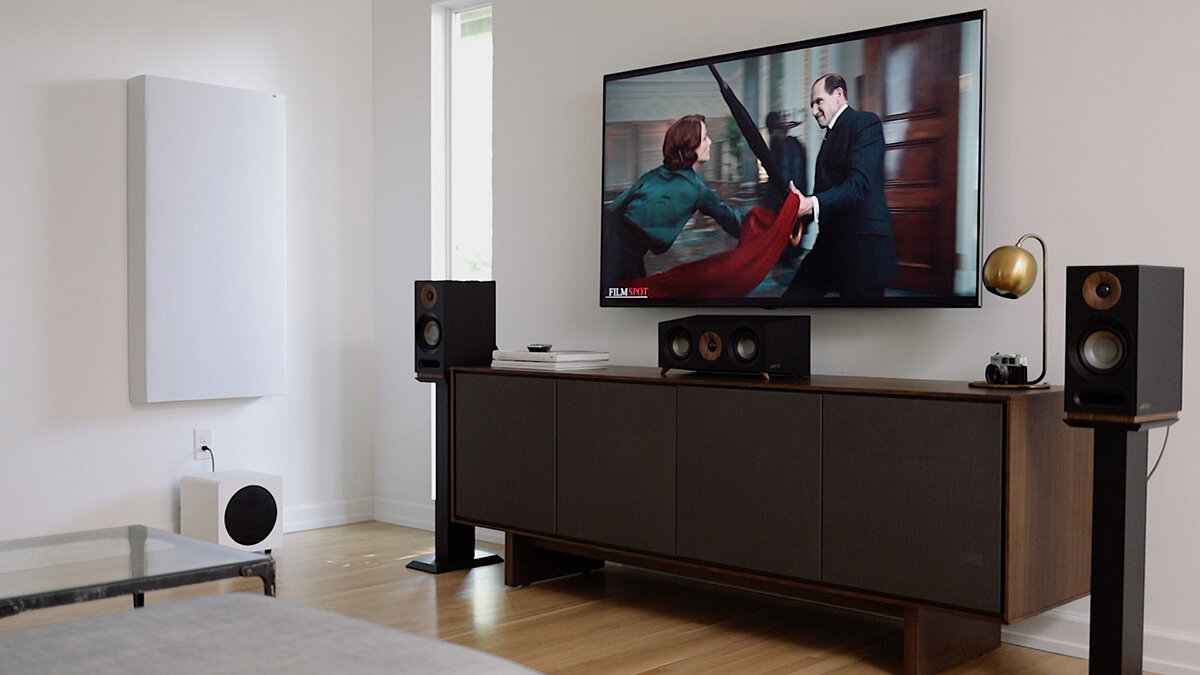
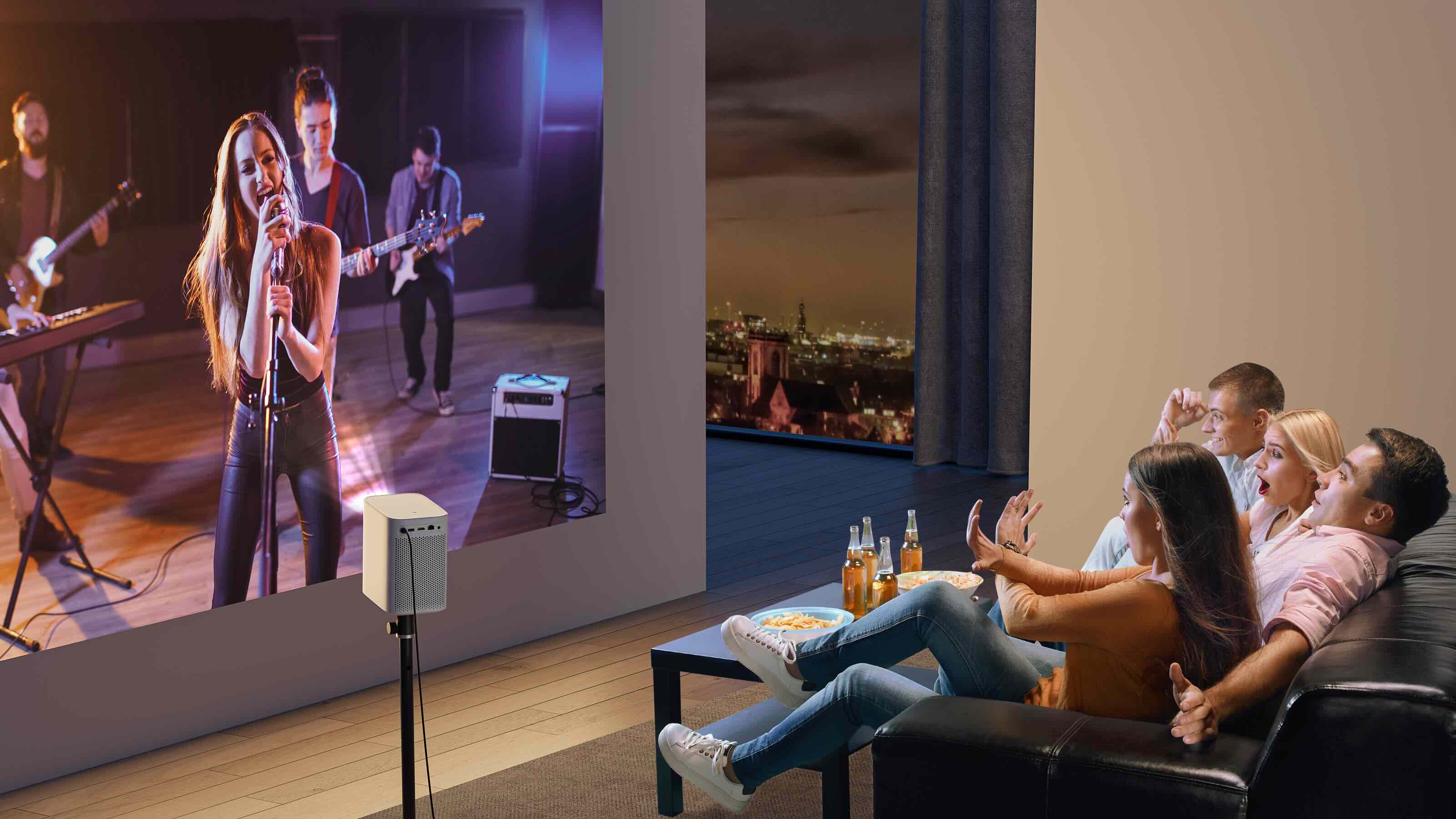
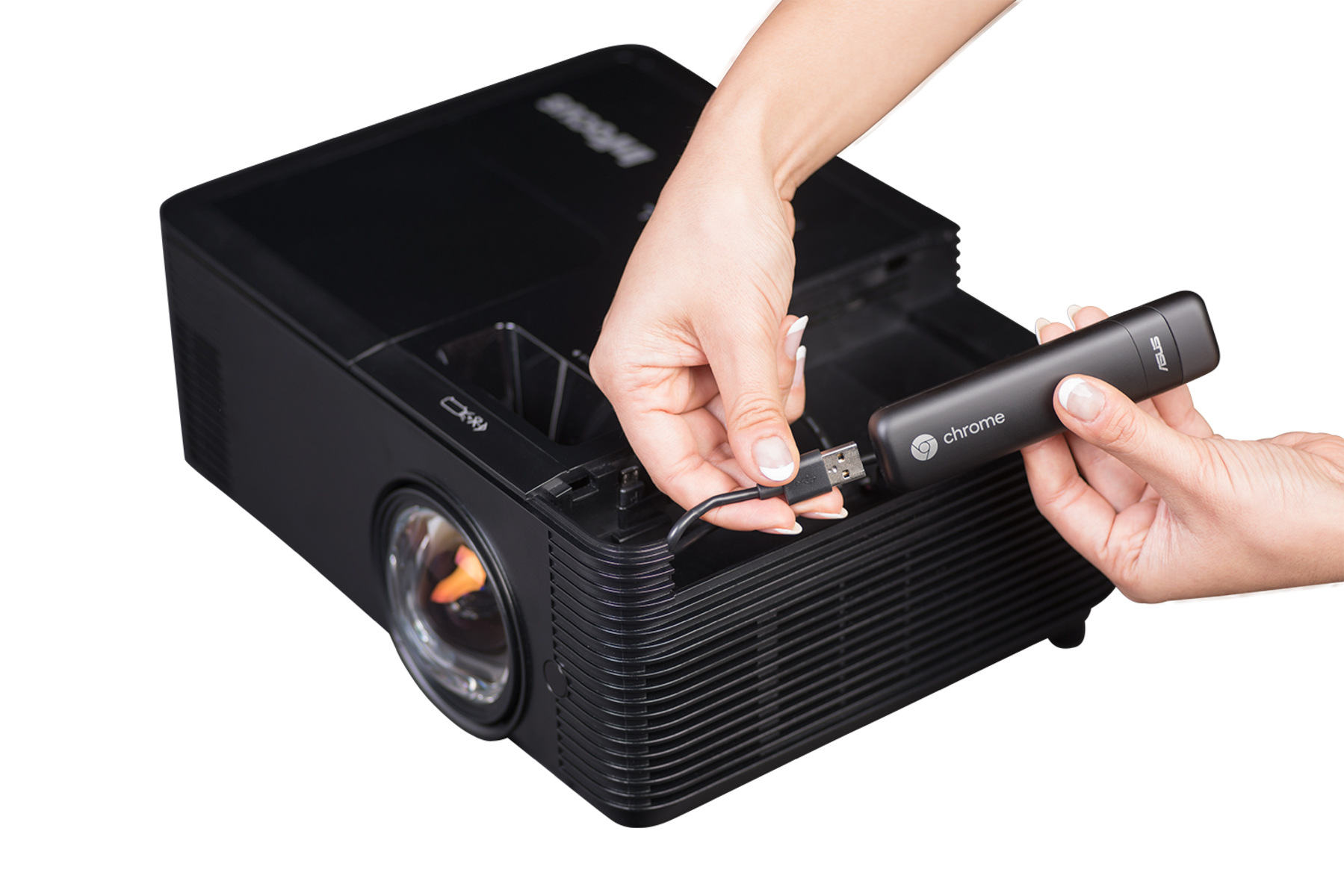
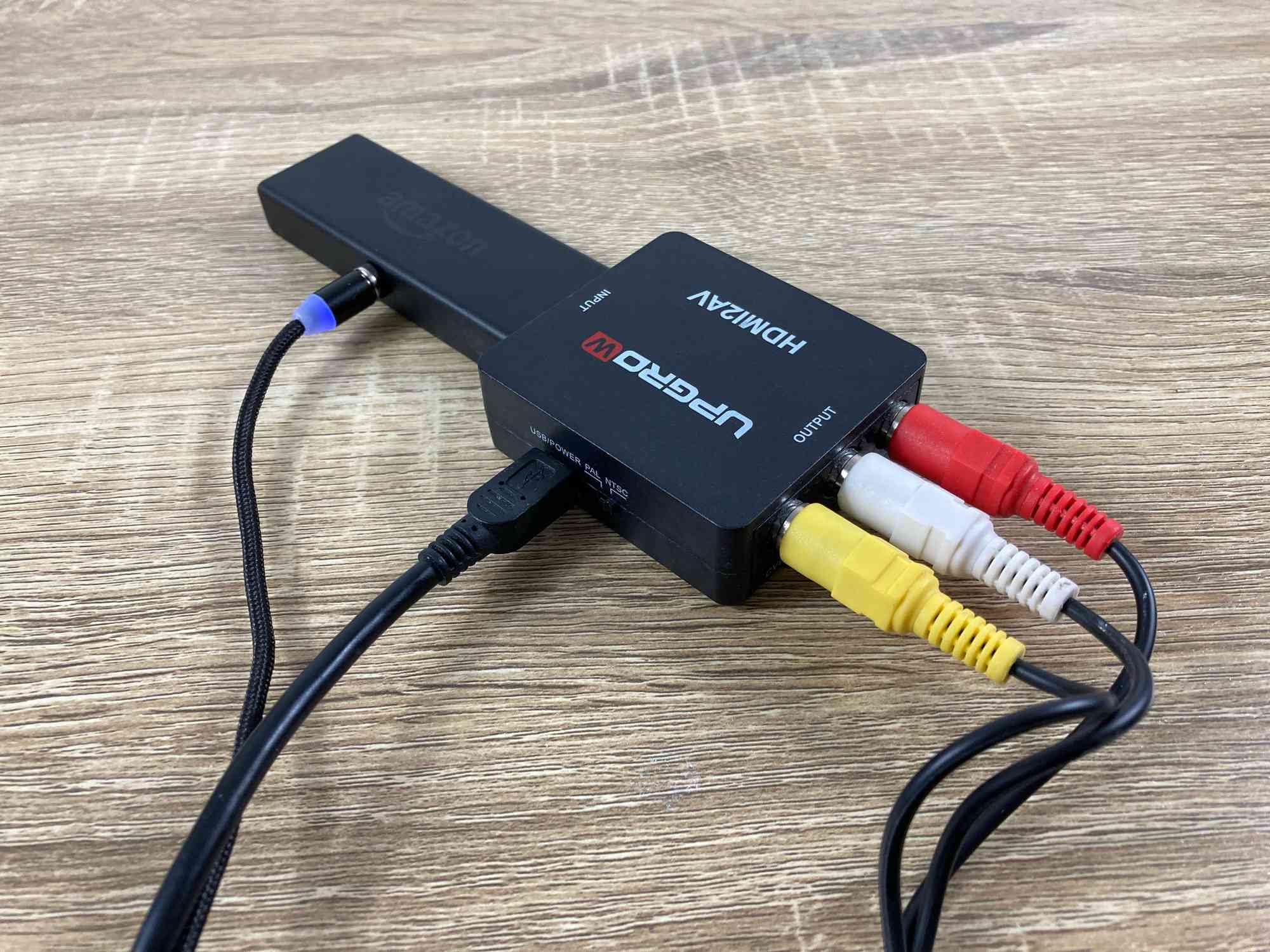
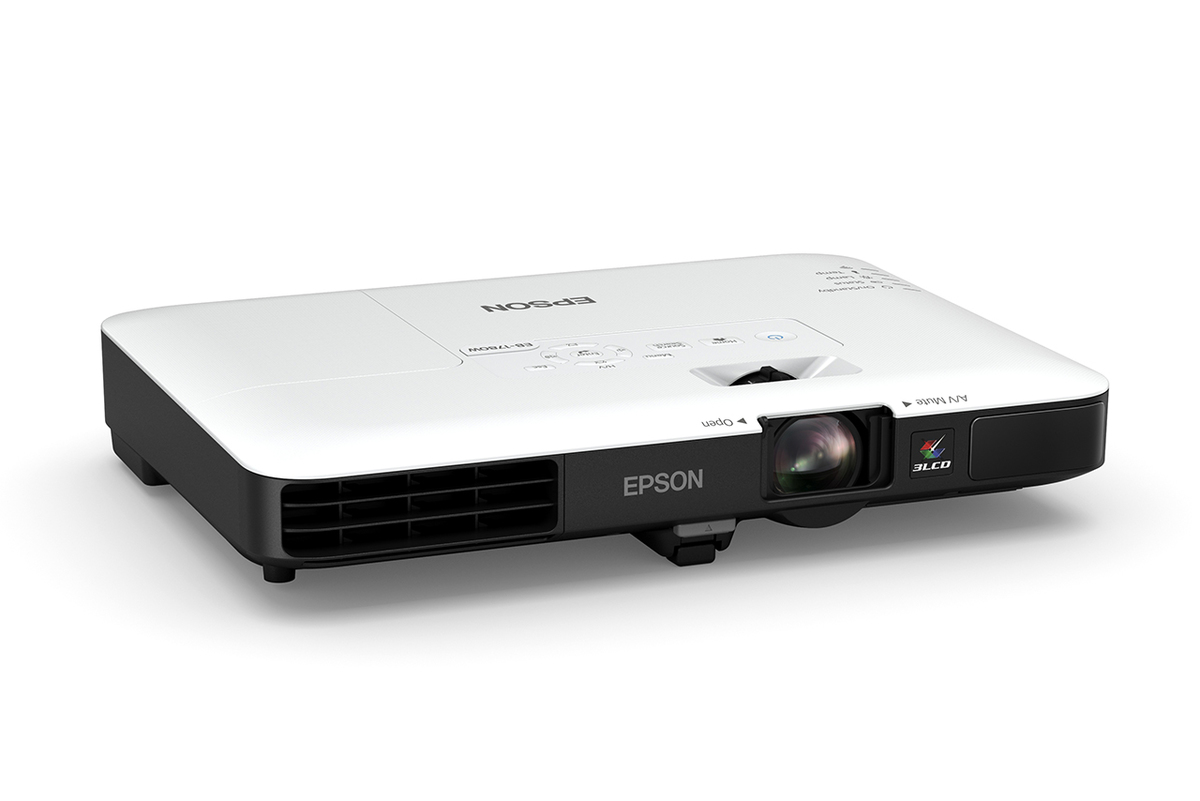
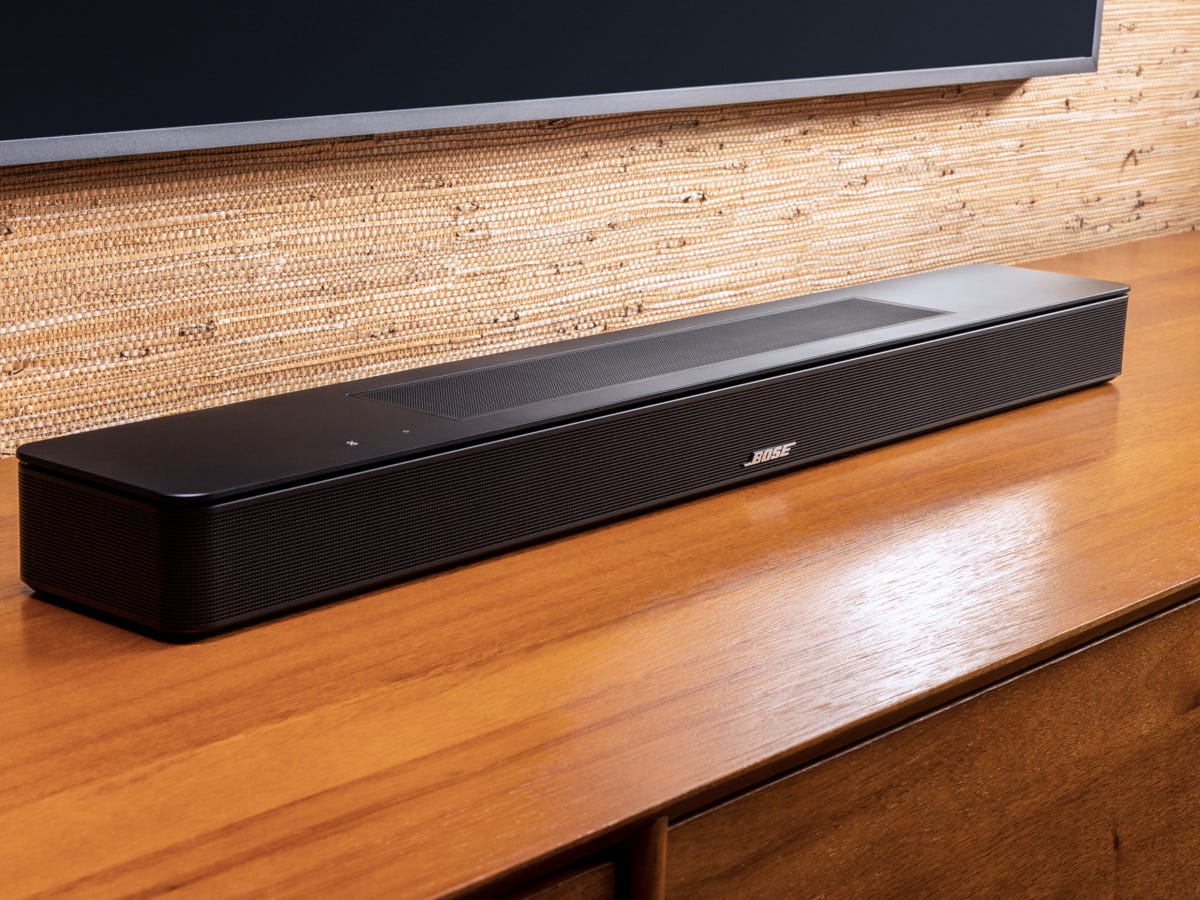

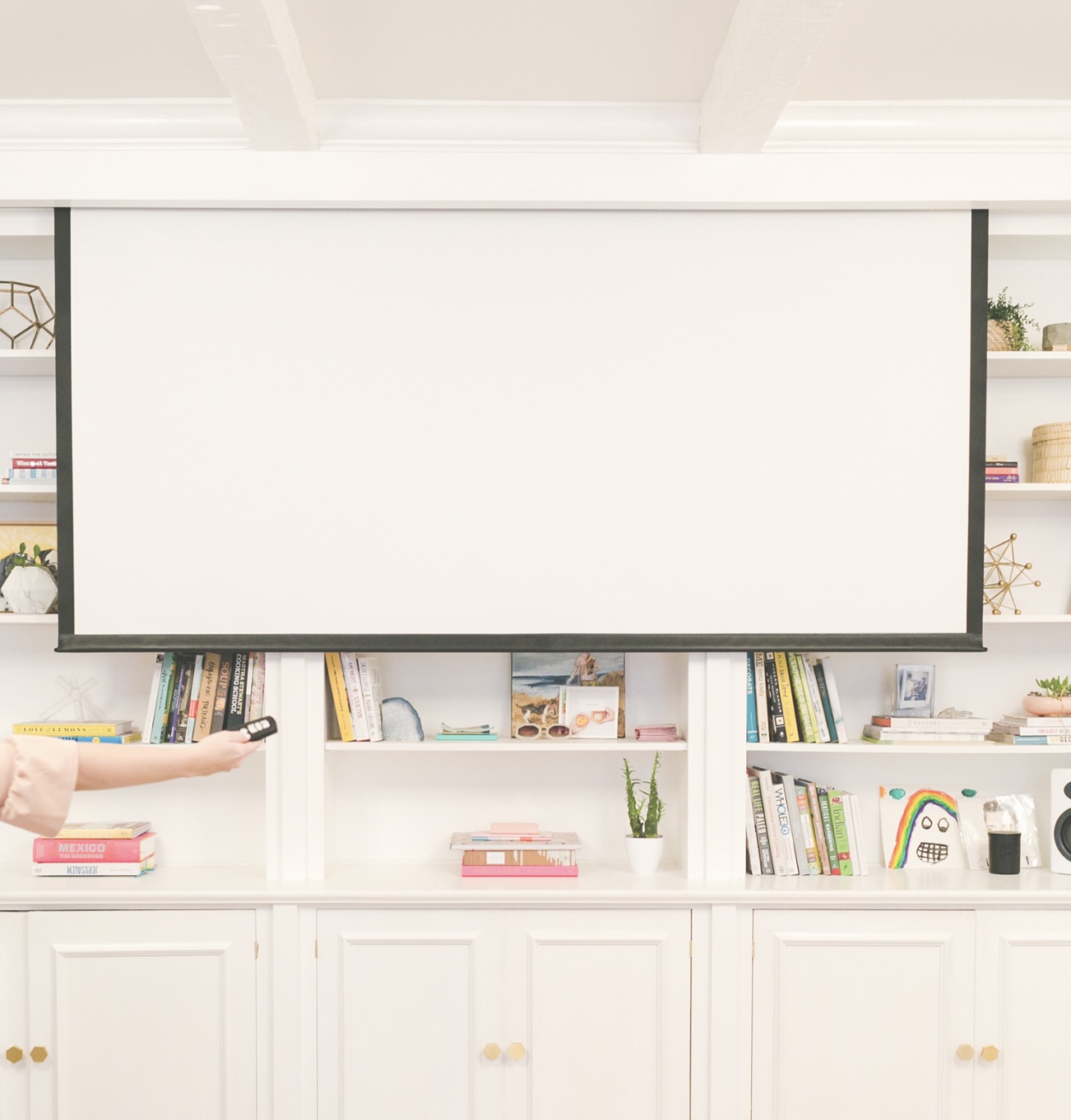
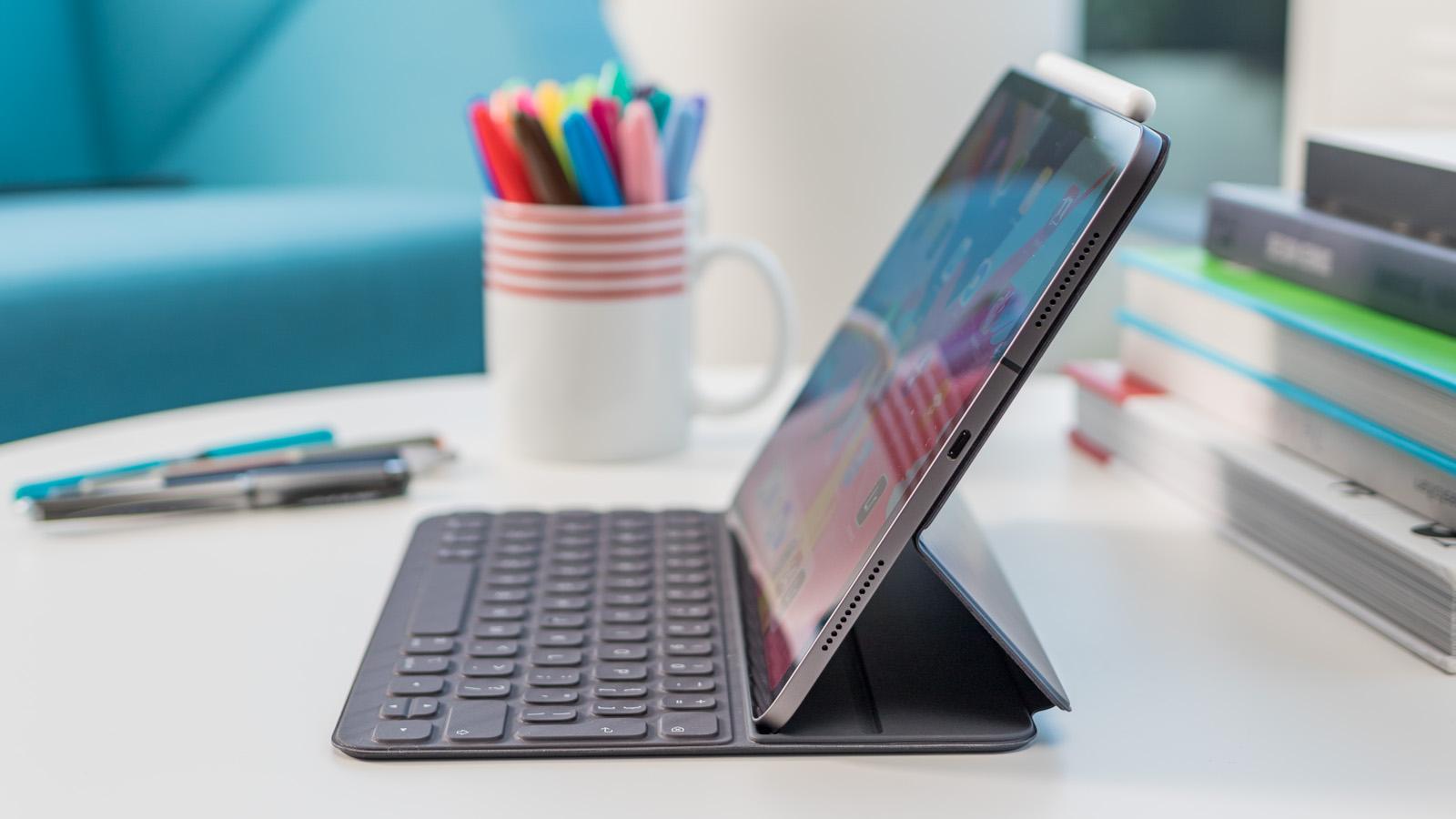
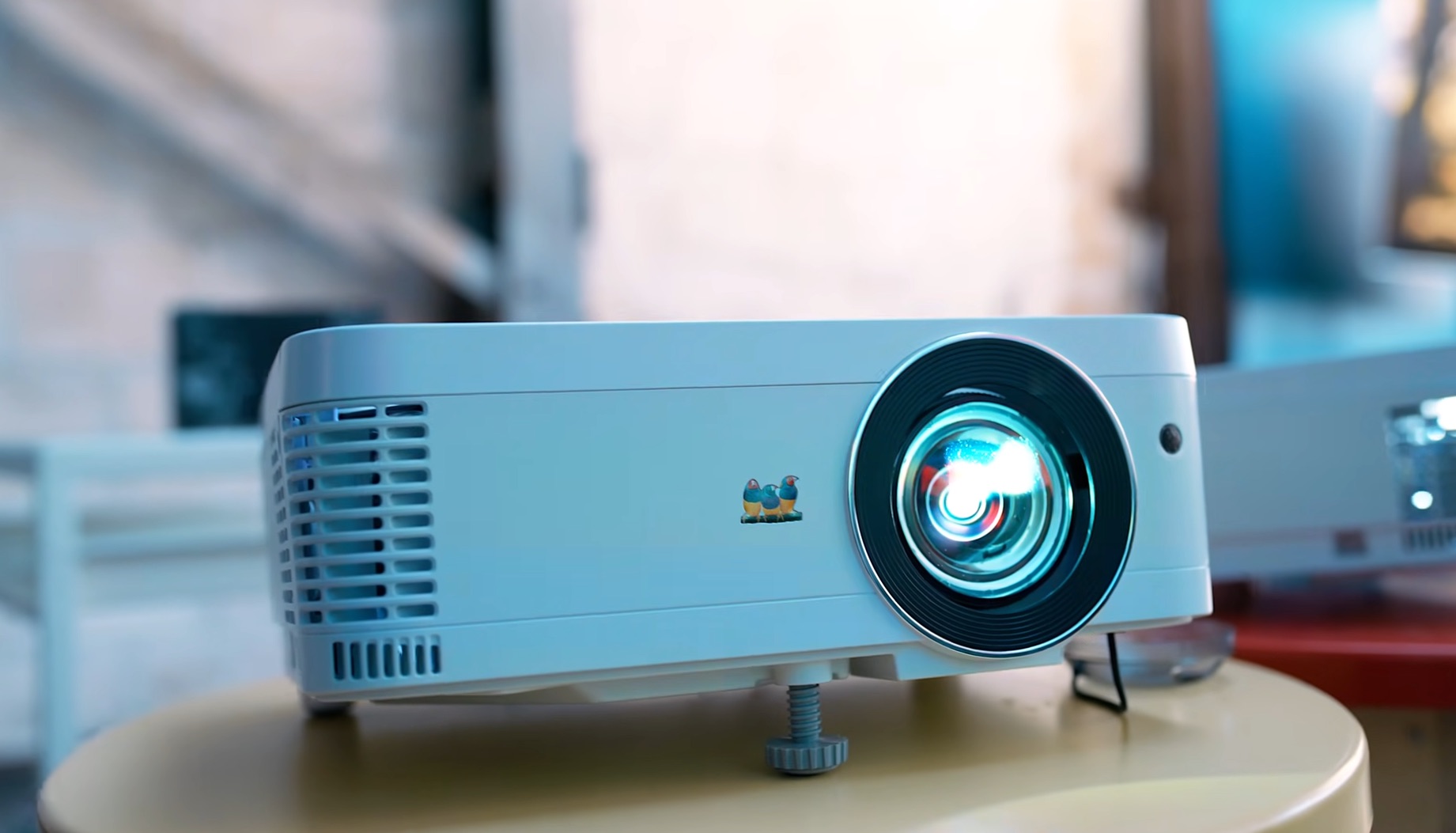
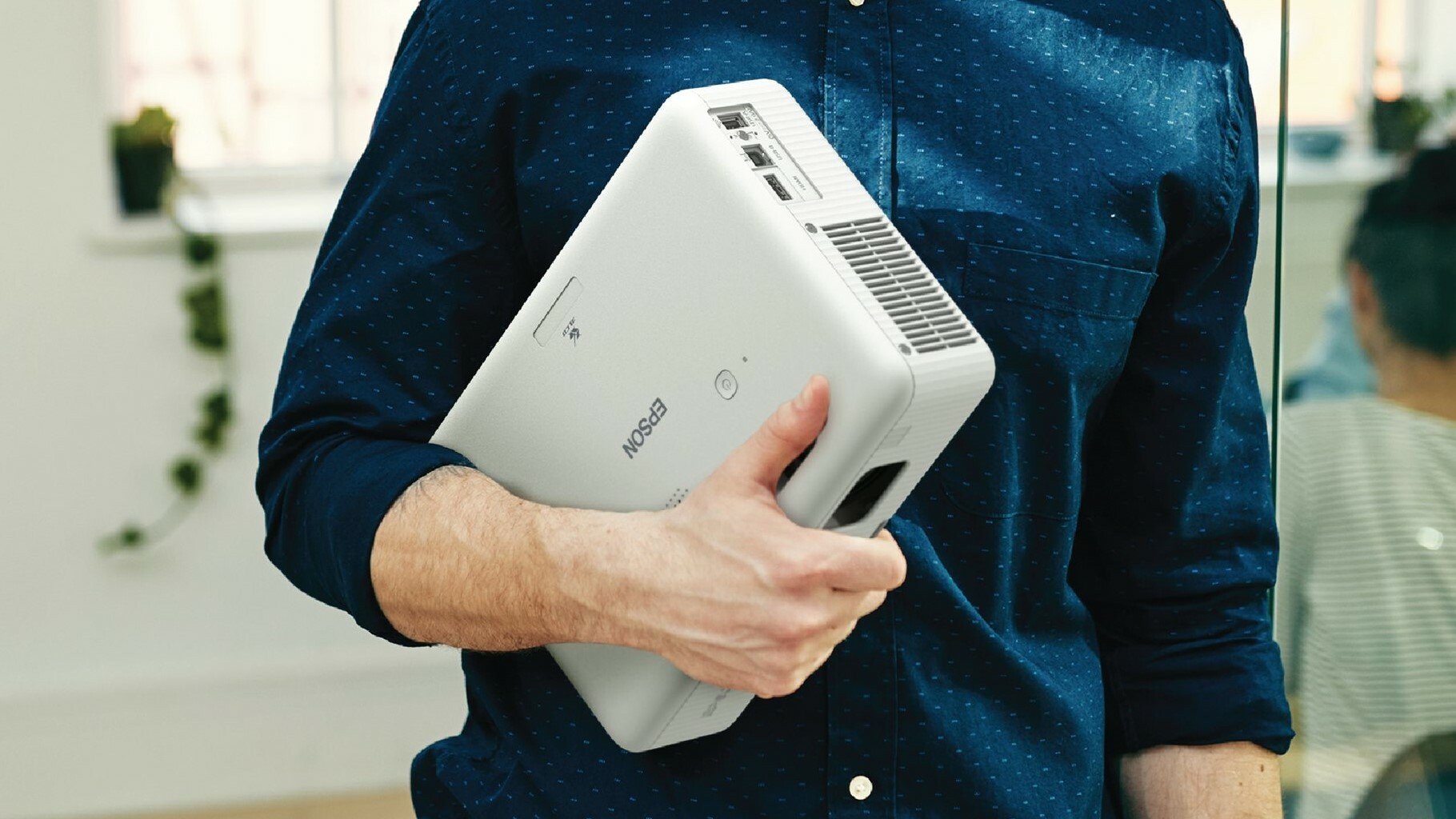
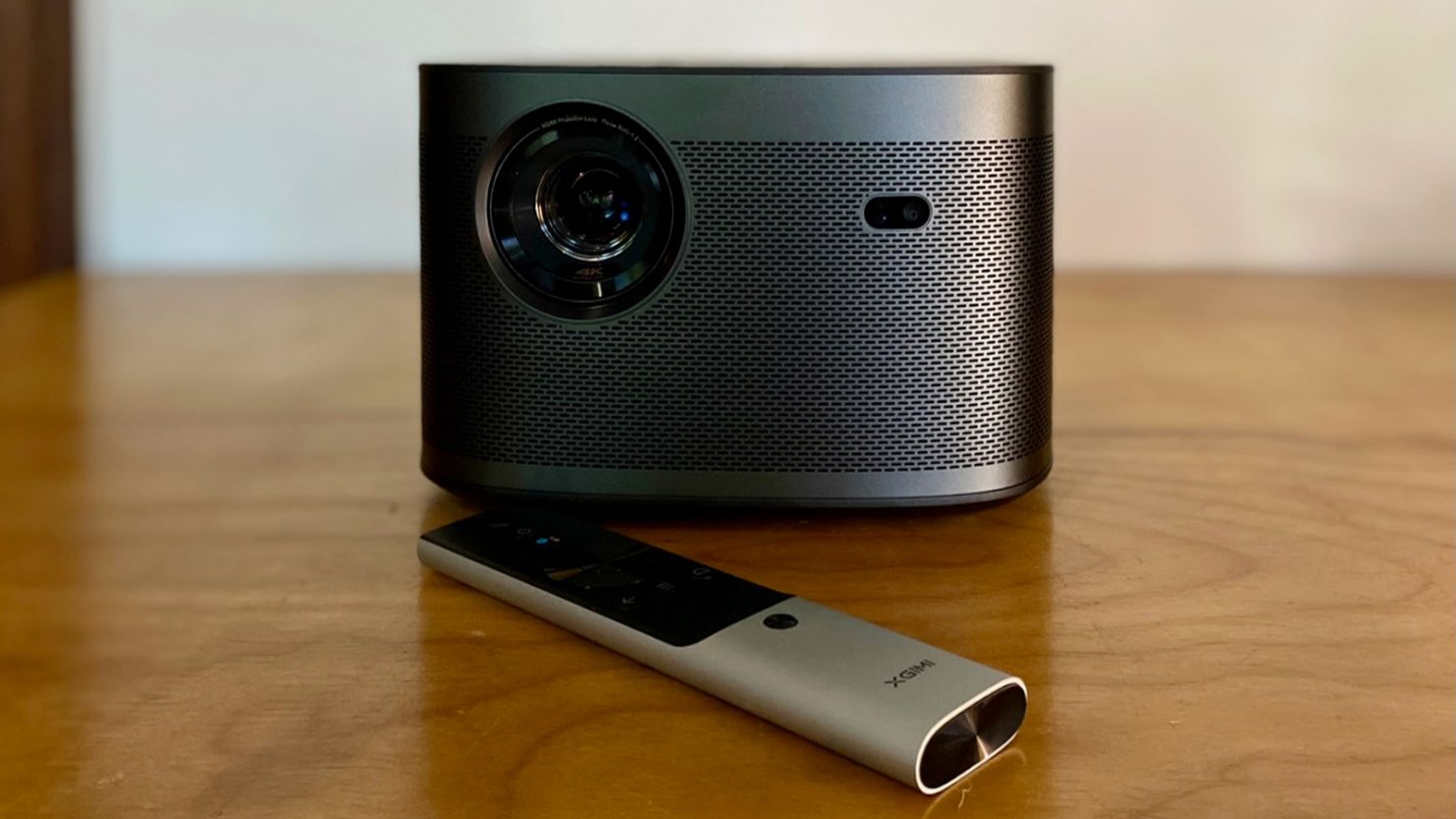
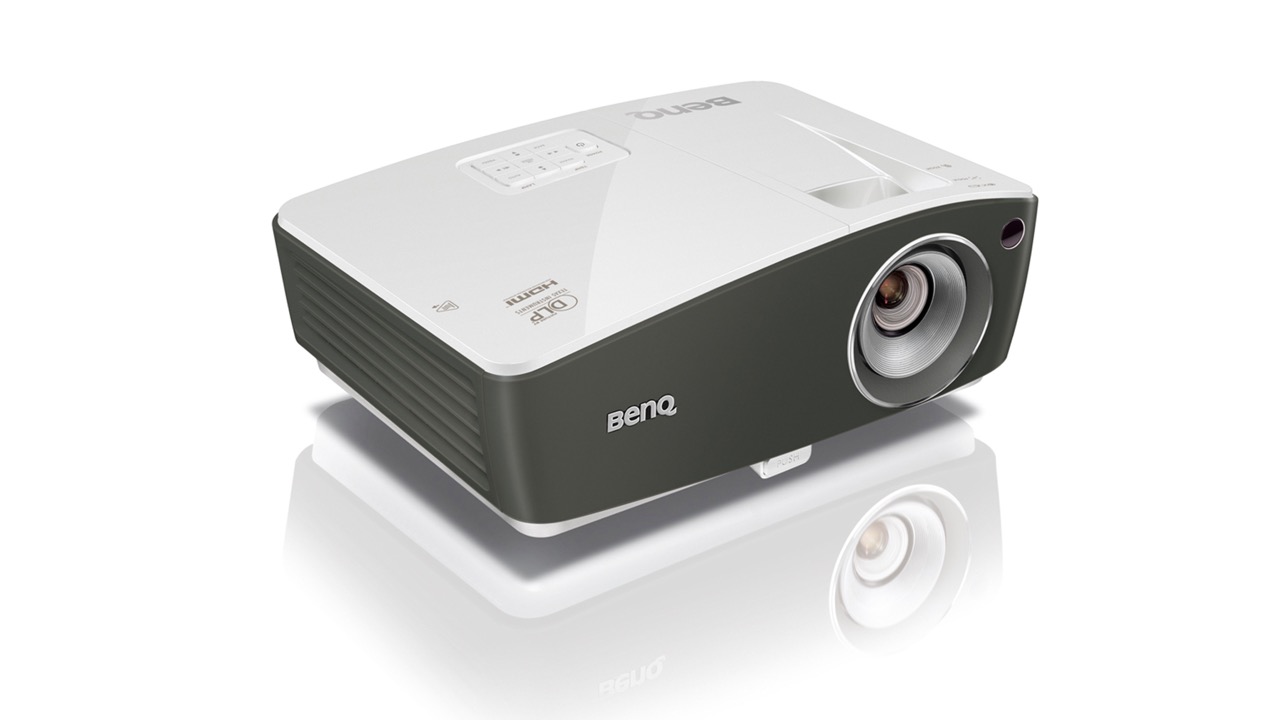


0 thoughts on “How To Connect Surround Sound To Projector”